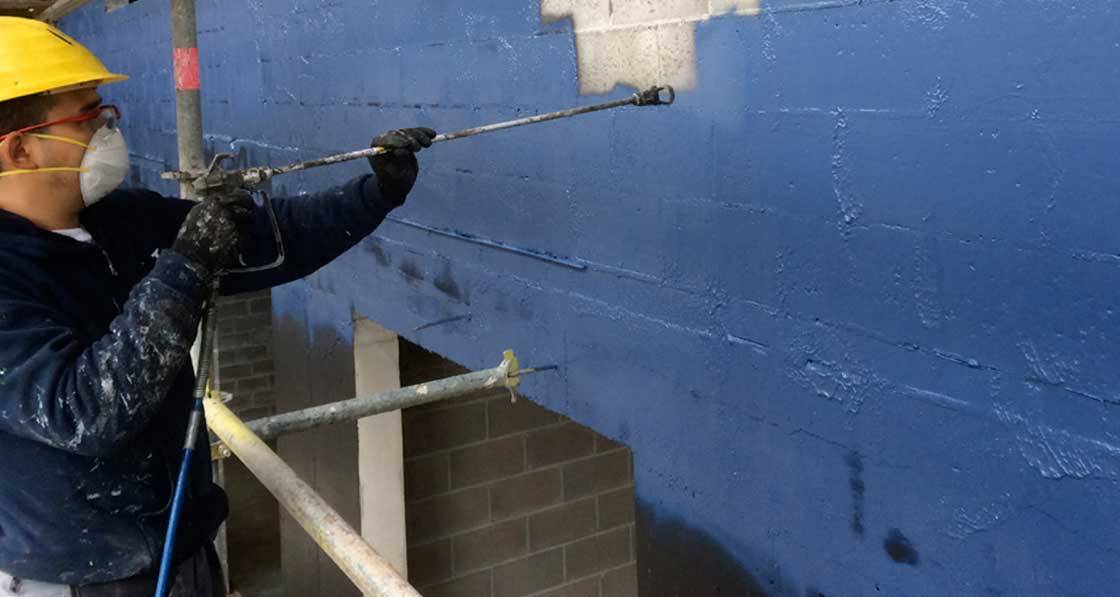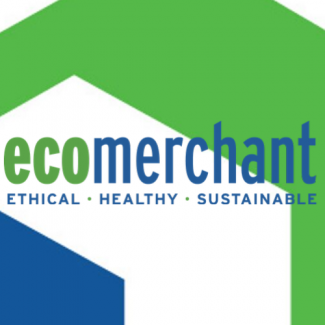
- Product News
- Posted
Paint-on airtightness layer can revolutionise retrofit - Ecomerchant
This article was originally published in issue 23 of Passive House Plus magazine. Want immediate access to all back issues and exclusive extra content? Click here to subscribe for as little as €10, or click here to receive the next issue free of charge
The BBA certified Blowerproof system, can be spray-, roller- or brush-applied to deliver high levels of airtightness in a breadth of different locations in new build and retrofit projects – including one potentially transformative application behind external insulation layers.
Belgian manufacturer Hevadex has applied Blowerproof to deliver guaranteed passive house levels of airtightness on a wide range of projects of varying scales.
As part of the EU funded Schools of Tomorrow programme, Blowerproof was used externally to a Belgian school’s masonry walls, before the external insulation layer was added – meaning, crucially, it remained on the warm side of the insulation layer, while hard-to-tackle junctions at party walls and intermediate floors were bypassed. This enabled the designers to leave the masonry exposed internally to slowly radiate heat into the room.
“Blowerproof is nothing short of airproofing magic,” said Ecomerchant director Will Kirkman. “You simply paint it on, whatever your substrate - plaster, steel, masonry, render, cement, wood, mineral wool, humid surfaces, cables, pipes – and it creates an uninterrupted membrane which resists puncture.”
Blowerproof paints on blue and dries jet black, which Kirkman points out helps to see that a permanent seal has been achieved. There is a white version too that can be used under plaster.
“It’s a viscous liquid so it seals every nook and cranny no matter how tricky the shape of the gap or hole. You can then plaster, paint or do whatever else you need to over it,” he said.
Kirkman added that brushes used with Blowerproof – which is VOC-free – rinse out with water. “And it costs £50 a tub so it quickly justifies both its product and labour costs.”
Related items
-
 King of the castle
King of the castle -
Retrofit redux: Catching up with A3
-
 Energy poverty and electric heating
Energy poverty and electric heating -
 New Ejot profile cuts thermal bridging losses by 25mm insulation equivalent
New Ejot profile cuts thermal bridging losses by 25mm insulation equivalent -
 Build Homes Better updates Isoquick certification to tackle brick support challenge
Build Homes Better updates Isoquick certification to tackle brick support challenge -
The transformative power of industrialised retrofit


